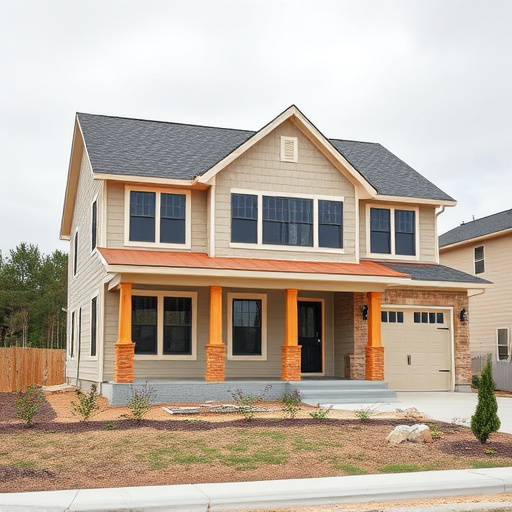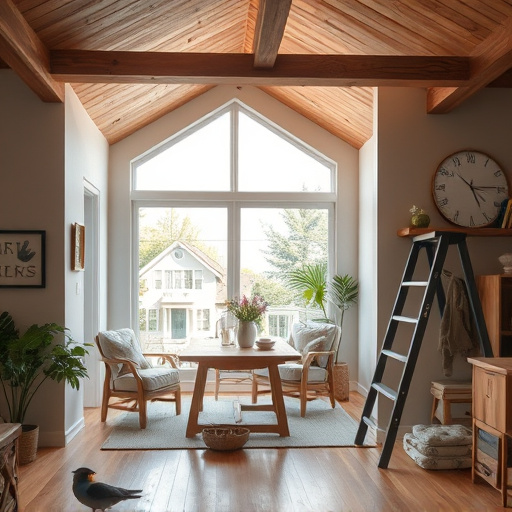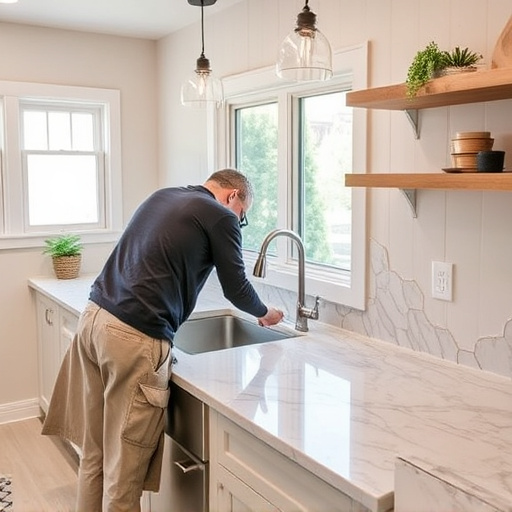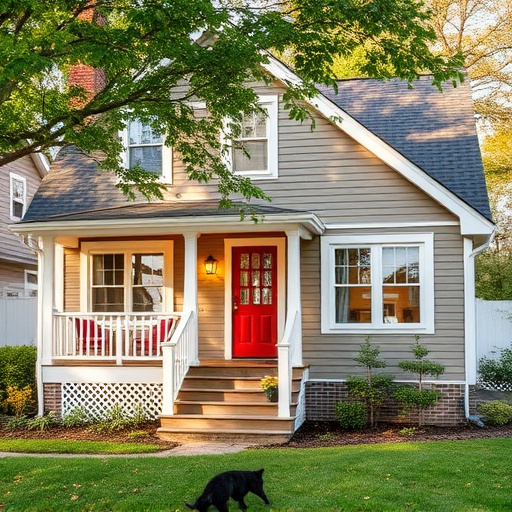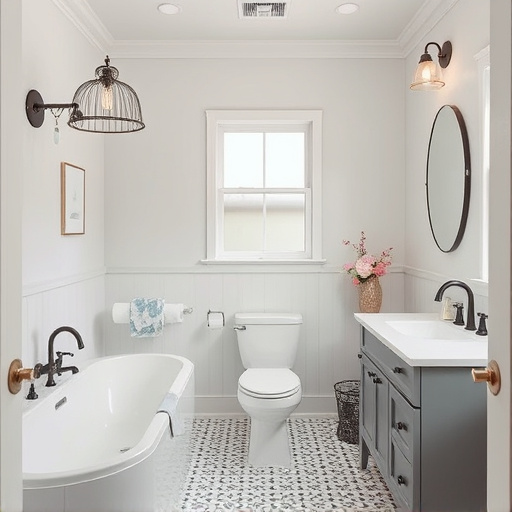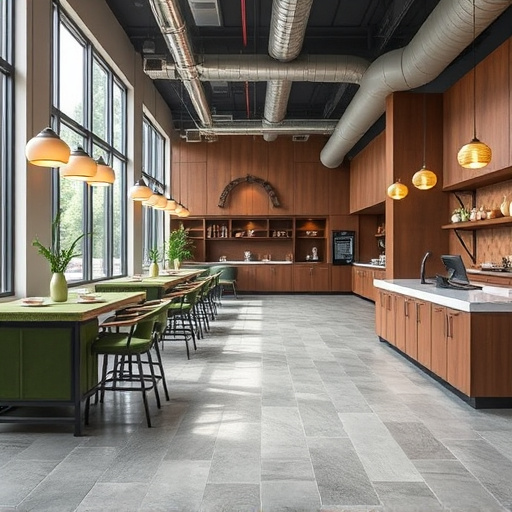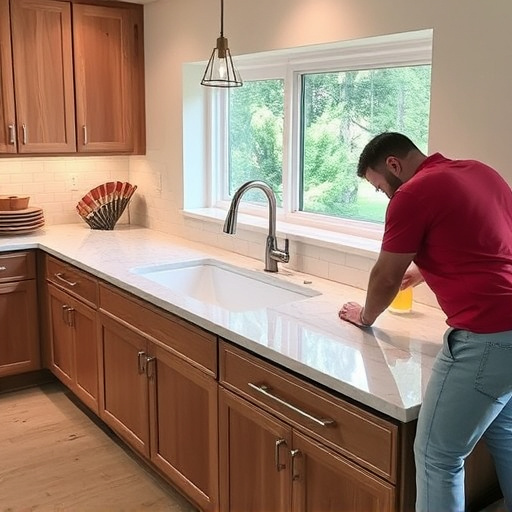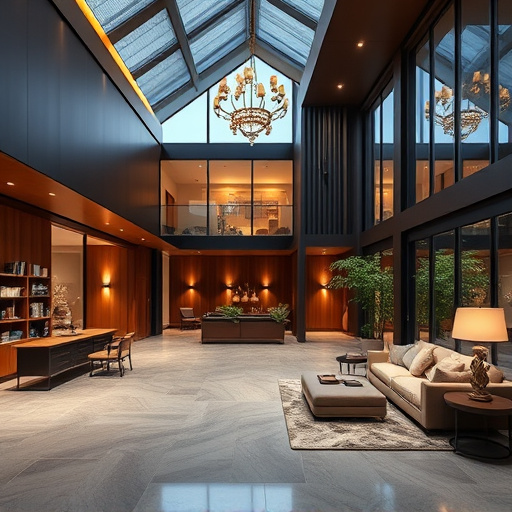Incorporating sustainability into luxury remodels is essential, aligning with homeowners' demand for eco-friendly yet aesthetically pleasing high-end renovations. By using eco-materials, energy-efficient systems, and innovative technologies, these remodels minimize environmental impact while enhancing comfort and property value. Strategic natural light and ventilation further elevate the space's ambiance. A comprehensive approach, including smart home tech and open communication, ensures efficient resource utilization and ongoing eco-friendliness.
In today’s conscious consumer landscape, integrating sustainability into luxury remodels is not just an ethical choice but a strategic one. This article guides you through the process of creating high-end spaces that are both luxurious and eco-friendly. We’ll explore key aspects like understanding the fundamentals of sustainability in luxury design, incorporating eco-conscious materials and aesthetics, and measuring long-term impact to ensure success in your sustainable remodel journey.
- Understanding Sustainability in Luxury Remodels
- Incorporating Eco-Friendly Materials and Designs
- Long-Term Impact: Measuring and Ensuring Sustainability Success
Understanding Sustainability in Luxury Remodels
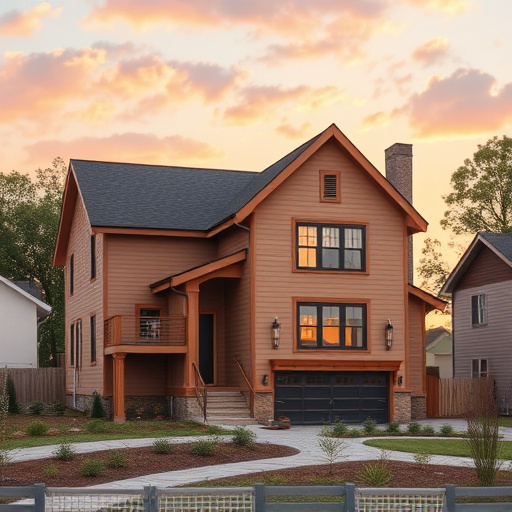
In the realm of luxury remodels, sustainability is no longer an optional consideration but a core design principle. It involves mindful choices to create homes that are not only aesthetically pleasing but also environmentally responsible and resource-efficient. This shift towards sustainable practices in luxury home transformations reflects a growing awareness among homeowners seeking high-end, customized renovations. By integrating eco-friendly materials, energy-efficient systems, and innovative technologies, these projects aim to minimize the environmental impact while enhancing comfort and livability.
When contemplating a luxury remodel, understanding sustainability goes beyond merely selecting green materials. It encompasses the entire lifecycle of the home transformations, from design and construction to operation and disposal. For instance, focusing on local and recycled materials for kitchen and bath upgrades reduces carbon footprints associated with transportation. Additionally, designing homes that maximize natural light and incorporate energy-saving appliances contribute to long-term sustainability goals. Thus, a well-planned luxury remodel can result in a stunning space that seamlessly blends opulence and environmental consciousness.
Incorporating Eco-Friendly Materials and Designs
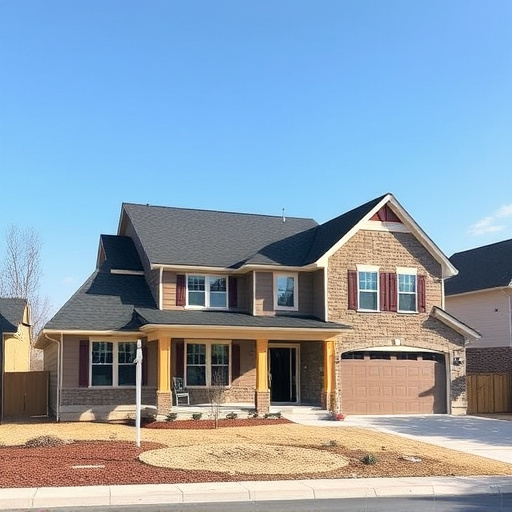
Incorporating eco-friendly materials and designs into a luxury remodel is no longer a niche consideration but a necessity. Homeowners and designers alike are recognizing the significant impact that sustainable practices can have on both the environment and the value of a property. When planning a bathroom renovation or kitchen remodel, opting for materials with lower environmental impact is a smart choice. Think natural linoleum flooring instead of vinyl, recycled glass countertops instead of traditional granite, and energy-efficient appliances in place of standard models.
These choices not only reduce waste but also contribute to a healthier living space. Additionally, incorporating sustainable design elements can enhance the overall aesthetics and uniqueness of the space. For instance, strategically placed natural light and efficient ventilation systems can create a bright, airy atmosphere without relying heavily on artificial lighting. This blend of luxury and sustainability ensures that your home remains not only fashionable but also future-forward, aligning with the latest trends in bathroom renovations and kitchen remodels.
Long-Term Impact: Measuring and Ensuring Sustainability Success
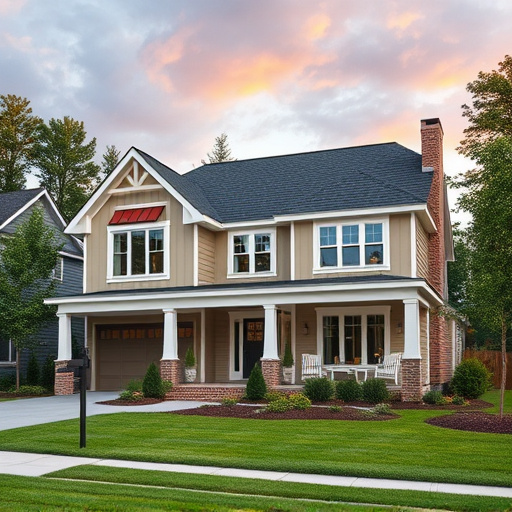
In any luxury remodel, assessing and guaranteeing long-term sustainability success is paramount. This involves not only selecting eco-friendly materials but also ensuring efficient resource utilization throughout the project’s lifespan. Metrics such as energy consumption, water usage, and material waste must be diligently tracked to measure the environmental impact of the renovation. For instance, incorporating smart home technology can automate lighting and temperature controls, significantly reducing energy costs and carbon footprints.
Moreover, customized home renovations that prioritize open communication between clients, architects, and contractors are crucial for sustainability. Kitchen and bath remodels, for example, present ample opportunities to install water-efficient fixtures and appliances, recycle or upcycle materials, and select products with low environmental impact. Renovation services that offer ongoing maintenance guidance can further enhance the sustainability trajectory of these high-end projects, ensuring they remain eco-friendly over time.
Incorporating sustainability into luxury remodels is not just a trend but a responsible approach that ensures the long-term value and appeal of your space. By understanding the principles, choosing eco-friendly materials, and measuring impact, you can achieve a stunning, sustainable home without compromising on opulence. A luxurious, eco-conscious remodel is within reach—for both homeowners and professionals—and it’s a step towards a greener future.




